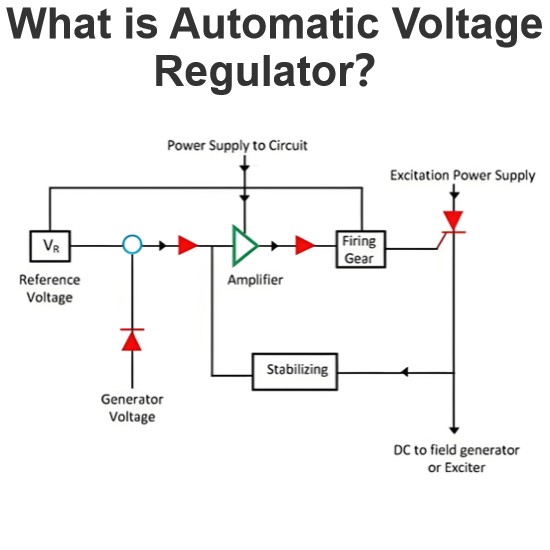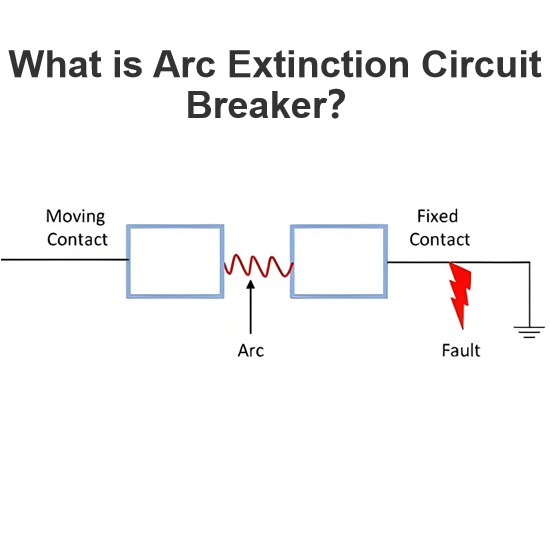Balanced Earth Fault Protection
Balanced Earth Fault Protection Scheme for Small Generators
The balanced earth fault protection scheme serves as a crucial safeguard, predominantly utilized for the protection of small generators in scenarios where differential and self - balanced protection systems are not viable options. In small generators, the neutral ends of the three - phase windings are internally connected to a single terminal. As a result, the neutral end is not accessible from the outside, rendering conventional protection methods ineffective. This is where the balanced earth protection scheme steps in, providing essential protection against earth faults. It's important to note that this scheme is specifically designed to detect earth faults and does not offer protection against phase - to - phase faults, unless those phase - to - phase faults subsequently develop into earth faults.
Connection of the Balanced Earth Fault Protection Scheme
The implementation of the balanced earth fault protection scheme involves a precise configuration of current transformers (CTs). In this setup, CTs are installed on each of the generator's phases. Their secondary windings are then connected in parallel with the secondary winding of another CT. This additional CT is mounted on the conductor that links the generator's star point (neutral) to the earth. A protective relay is strategically connected across the combined secondaries of all these CTs. This arrangement allows the protection system to monitor the current imbalances that occur during an earth fault condition, enabling the relay to quickly detect and respond to potential faults, thereby safeguarding the small generator from damage caused by earth faults.

Balanced Earth Fault Protection Scheme: Functionality, Limitations, and Significance
Overview and Scope
The balanced protection schemes are engineered to safeguard against earth faults within a defined area, specifically the region confined between the neutral - side and line - side current transformers (CTs). This targeted protection mechanism is primarily focused on detecting earth faults within the stator windings of a generator. Notably, it remains inactive during external earth faults, which is why this scheme is also commonly referred to as the restricted earth fault protection scheme. In large generators, this scheme is often implemented as an additional layer of protection, complementing other more comprehensive protection systems.
Operational Mechanism
Normal Operation
Under normal operating conditions of the generator, the sum of the currents flowing through the secondaries of the current transformers is precisely zero. Additionally, there is no current flow from the secondary to the neutral. As a result, the protective relay associated with the scheme remains de - energized, indicating that the system is operating without any fault conditions.
Fault within the Protected Zone
When an earth fault occurs within the protected zone (the area to the left of the line - side CT), a significant change takes place. The fault current begins to flow through the primary windings of the current transformers. This, in turn, induces corresponding secondary currents that pass through the relay. Once the magnitude of these secondary currents reaches a predefined threshold, the relay is activated, triggering the circuit breaker to trip and isolate the faulty section of the generator. This swift response helps prevent further damage to the generator due to the fault.
Fault outside the Protected Zone
In the event of a fault occurring outside the protective zone (to the right of the line - side CT), the electrical behavior is different. The sum of the currents at the generator terminals is equal to the current flowing in the neutral connection. This balance results in no net current flowing through the operating coil of the relay. Consequently, the relay does not operate, and the system continues to function, assuming that the fault is external and does not directly threaten the integrity of the generator's protected stator windings.
Drawbacks
Despite its effectiveness in many scenarios, the balanced earth protection scheme has notable limitations. When a fault occurs in close proximity to the neutral terminal or when the neutral grounding is established through a resistance or a distributing transformer, the magnitude of the fault current that flows through the secondary of the current transformer becomes significantly reduced. In such cases, this diminished current may fall below the pick - up current of the relay, which is the minimum current required to activate the relay. As a result, the relay fails to operate, allowing the fault current to persist within the generator windings. This prolonged exposure to fault current can lead to overheating, insulation degradation, and potentially severe damage to the generator, highlighting the importance of understanding and addressing these limitations in practical applications.
The Electricity Encyclopedia is dedicated to accelerating the dissemination and application of electricity knowledge and adding impetus to the development and innovation of the electricity industry.













